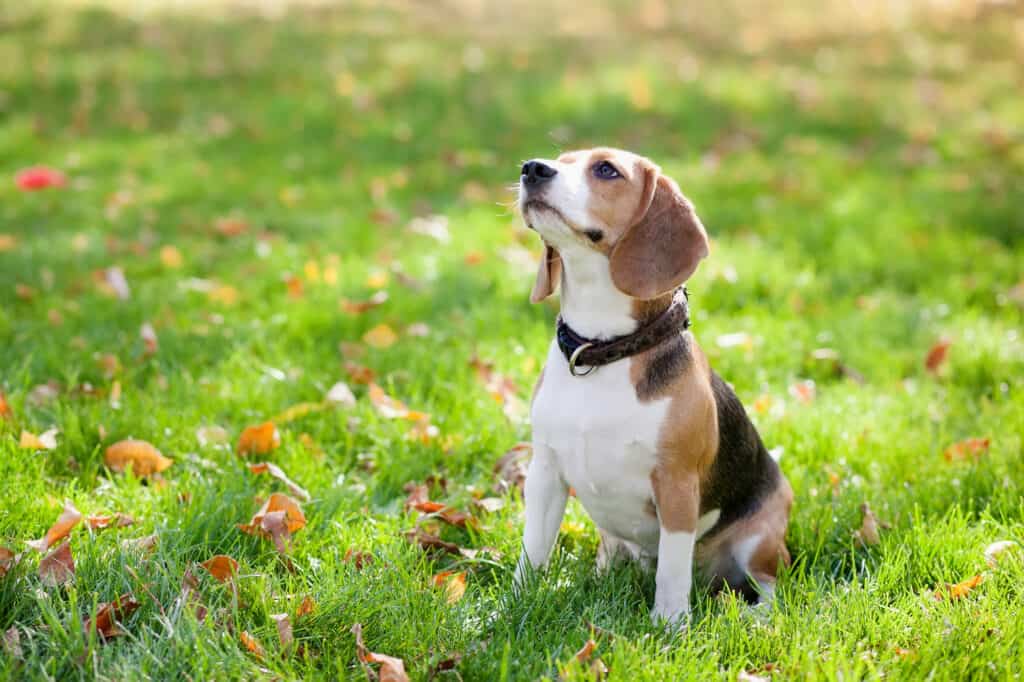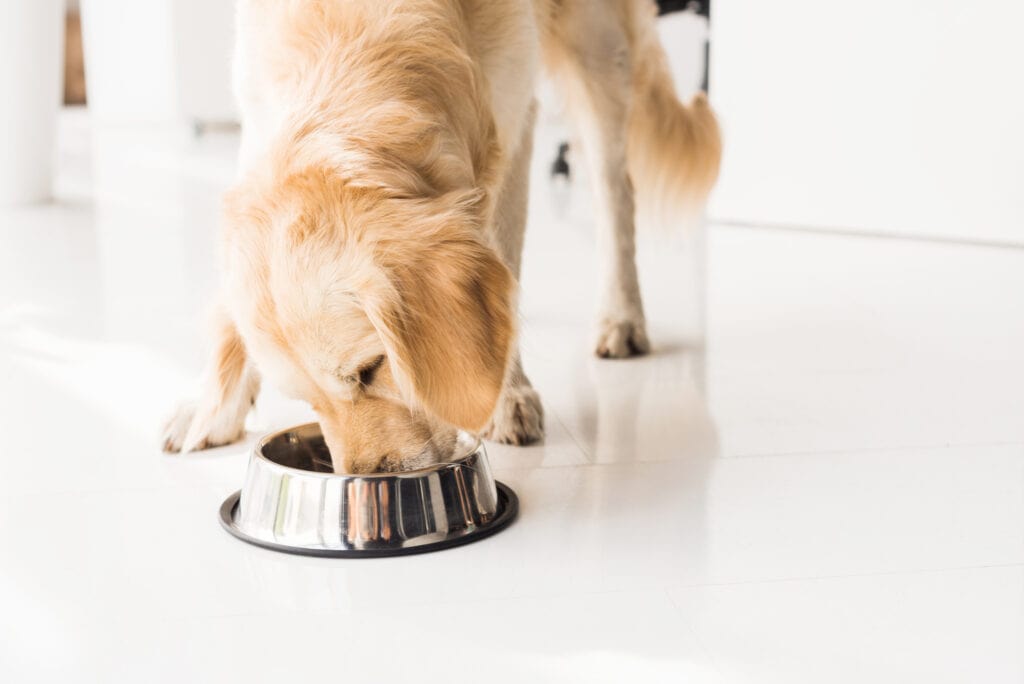Selecting the right harness for your dog is essential to ensure their safety, comfort, and overall health. Harnesses, unlike regular collars, spread pressure evenly on the dog’s body, lowering the chances of neck and throat injuries. One reliable option many dog owners turn to is the joyride harness, which has been praised for its practical design. An ill-fitted harness can lead to physical discomfort or injuries, while a well-chosen harness can enhance your dog’s walking experience and control. Whether you have a puppy full of energy or an older dog with specific needs, finding the correct harness is essential.
Types of Dog Harnesses
There are several types of dog harnesses, each designed for specific needs and preferences. Choosing the right one depends largely on your dog’s behavior, size, and specific requirements:
- Back-Clip Harnesses: These are the most common harness types and are ideal for well-trained dogs that do not pull on the leash. The D-ring is located on the back, making it easy to attach a leash while giving your dog freedom of movement. They are also less likely to get tangled in the leash, which makes them popular among dog owners.
- Front-Clip Harnesses: Designed primarily for training, these harnesses offer better control over dogs that tend to pull on the leash. The leash is attached at the front, reducing the pulling force and naturally guiding the dog back towards the owner. This design can be especially beneficial for muscular and energetic dogs, making walks more manageable and enjoyable.
- Dual-Clip Harnesses: Offering versatility, dual-clip harnesses come with both front and back clip options. These harnesses are suitable for varied training and walking scenarios as they allow the owner to switch between clips depending on the situation. This adaptability makes them a great multi-purpose option for different stages of training.
- Step-In Harnesses: Simplifying the process of putting on and taking off the harness, step-in harnesses are ideal for dogs that dislike having things put over their heads. These harnesses require the dog to step into them, after which they can be fastened easily. This design is handy for anxious or smaller dogs who might be frightened by traditional harnesses.
How to Measure Your Dog for a Harness
Accurate measurement is essential to ensure the harness fits your dog comfortably. A correctly fitted harness is crucial for both safety and effectiveness. Here’s how to measure your dog:
- Chest Measurement: Measure the broadest part of your dog’s chest, just behind the front legs. This will ensure the harness sits comfortably without being too tight or loose.
- Neck Measurement: Measure around the lower neck, where a collar usually sits. This helps you find a harness that won’t choke or cause discomfort for your dog around the neck area.
- Refer to Sizing Chart: Use the measurements to consult the manufacturer’s harness sizing chart for the perfect fit. A small size could limit movement and breathing, whereas a large size could lead to the dog escaping.
Taking into account your dog’s weight and breed is also crucial, as certain harnesses are made for bigger breeds, while others are better suited for smaller dogs or puppies.
Adjusting the Harness for Proper Fit
A well-fitting dog harness should be comfortably snug without being too tight, allowing for both comfort and freedom of movement. You need to make sure there is sufficient room to slide two fingers between the harness and your dog’s body. Regularly check the size to see if your dog is still growing or has had any weight fluctuations. Ensuring the proper fit involves adjusting the straps and checking for signs of chafing or discomfort. Pay attention to any chafing or pain, as it could indicate that the harness requires adjustment or a different design is necessary.



